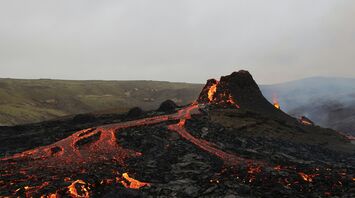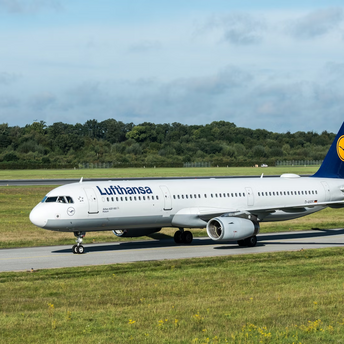Safety Concerns for Tourists as Iceland Faces Fifth Volcanic Eruption in Three Months

A volcanic eruption in Iceland, the fifth in three months, has prompted serious safety concerns for travelers and the tourism sector. Lava is shooting 50 meters into the air from a 1-kilometer-long fissure, affecting local attractions and leading to evacuations.
In response to the eruption, visitors have been evacuated from the popular Blue Lagoon thermal spa, which remains closed. The nearby town of Grindavik, home to 3,800 residents, has also been evacuated, with surrounding roads closed to ensure safety. Despite these disruptions, Keflavik International Airport continues to operate, advising passengers to stay updated on flight information.
The Icelandic Meteorological Office reports significant seismic activity at the Sundhnúkur crater row, suggesting ongoing or imminent eruptions. The Svartsengi volcanic system, dormant for 780 years until recently, now demonstrates its volatile nature, echoing the Fagradalsfjall eruption of March 2021.
Authorities stress that the current volcanic activity should not be considered a tourist attraction and must be observed from a safe distance. Vidir Reynisson, head of Iceland’s Civil Protection and Emergency Management, emphasizes the importance of prioritizing safety over sightseeing. However, the dramatic natural display continues to intrigue, blending awe with the reality of potential danger.
Reactions to the eruption vary, with tourists like Robert Donald Forrester III from the United States comparing it to a cinematic experience, while local residents express mixed feelings. French tour guide Ael Kermarec notes the bittersweet experience of witnessing such powerful natural events, acknowledging the risks posed to towns like Grindavik.
Keflavik Airport's continued operation highlights its preparedness for volcanic activity. While volcanic ash can disrupt air travel by damaging jet engines and reducing visibility, improved preparedness and response strategies have prevented significant disruptions, unlike the Eyjafjallajokull eruption in April 2010.
The European Aviation Safety Agency (EASA) is well-equipped to manage volcanic ash events, collaborating with other aviation entities to assess impacts and ensure safety. The ongoing volcanic activity in Iceland presents challenges and considerations for tourists and the tourism industry. Travelers should follow government and airline advisories, monitor flight information, and maintain flexibility in their plans. Balancing the allure of volcanic phenomena with safety is crucial in navigating this dynamic situation effectively.



















